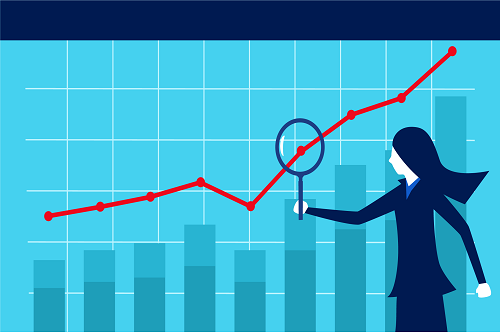We need to turn data into intelligence. I have heard consultants say that my whole career and have noticed two common negative client reactions.
The first is that this phrase is perceived as an empty platitude. Clients will nod their head briefly before saying, “Yes, that sounds good, but what does it actually mean?”
The other negative reaction is, “Yes, this is important, but we don’t have a dedicated team of statisticians to conjure up that analytics magic.”
Good analysis doesn’t have to be an empty platitude and it doesn’t have to be magic that can only be done by rocket scientists. Turning data into intelligence is essential for informed decision-making and intelligent strategic planning in today’s data-driven world. Raw unprocessed data lacks context and actionable insights. And the ubiquity of dashboarding and business intelligence tools enables all of us to gain a deeper understanding of patterns, trends, and correlations within our information.
Collecting Data
The first step of performance analysis is to collect, organize, and structure data so that it is understandable and accessible. When we talk about transitioning “from data to intelligence”, we start with data that has no meaningful context. For example, if the organization had 1,368 Ad Clicks last month, by itself that would not be very meaningful. Is that good or bad? Are we getting better or worse? Without more context and understanding, collecting data can be a waste of time.
Turning Data into Information

To get insight, we really need provide context for our data. Ideally, we would want to understand any patterns, relationships, and trends within the data. This involves using tools like statistical analysis, visualization, and/or data modeling to uncover insights. Data is transformed into visual representations like graphs or charts and laid out on dashboards designed to make complex information easier to understand. The “so what” reaction you might have had to our 1,368 Ad Clicks is now replaced with a better understanding of how we are performing: we had 1,368 Ad Clicks last month relative to our target of 1,500 and a red flag threshold of 1,400; I might need to analyze further to confirm, but performance appears to be trending down.
Turning Information into Intelligence

To turn that information into intelligence, we’ll want further context. Ideally our performance visuals drive a broader conversation about the environment, industry trends, or specific scenarios. It will help drive smarter interpretation and decision making. Strategic context enables you to connect the dots between action and desired outcomes, driving an ongoing continuous improvement process. The example listed above evolves to something like this: Our growth strategy depends on web ads generating clicks, which are converted to sales. A driving objective in our strategy is Increase Marketing Impact. When Ad Clicks dropped below our red flag threshold, we implemented an initiative to increase ad clicks (rewriting ads and doing some A/B testing, etc.) and performance improved. The visual shows performance over time with thresholds to communicate desired performance as well as some indication of when we might have implemented an improvement initiative so that we can try to determine if our actions are making a difference or not.
Conclusion
Yes, there is an entire world of analytics and data modeling for those organizations that have those capacities, but this meat-and-potatoes approach to analysis enables any organization to make more accurate predictions, continuously improve performance, and mitigate risks. Moreover, converting data into intelligence empowers businesses and individuals to optimize processes, enhance efficiency, and stay competitive in dynamic environments. In essence, the conversion of data into intelligence is a crucial step towards unlocking the full potential of information and leveraging it to drive innovation and success.
To learn more about data visualization and analysis, I’d recommend you consider our KPI Professional or Strategy Execution Certification Programs.
David Wilsey is the Chief Executive Officer with the Balanced Scorecard Institute and co-author of The Institute Way: Simplify Strategic Planning and Management with the Balanced Scorecard.



